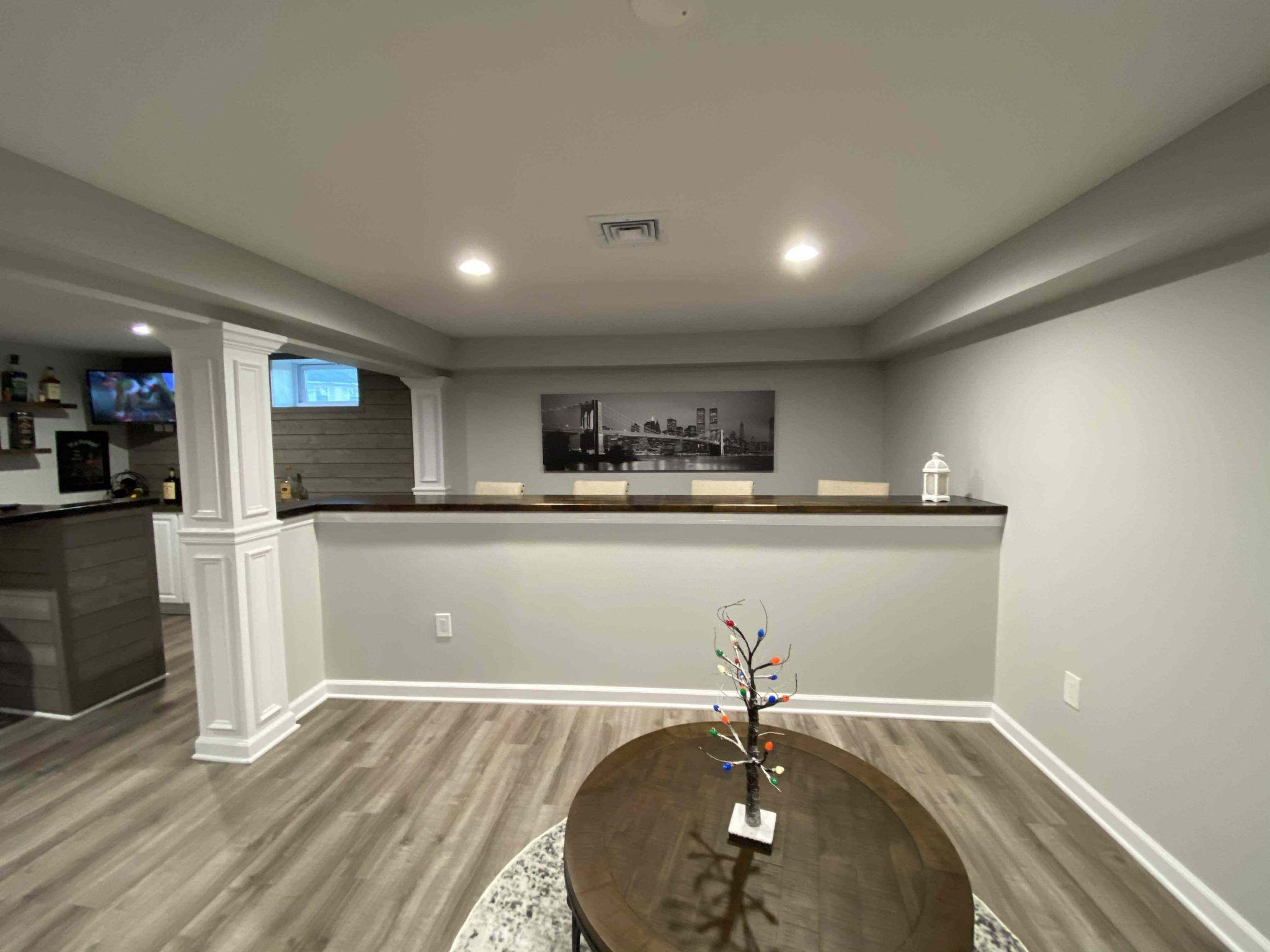

Since the floor can also be elevated, the object's elevation is calculated from the floor with zero elevation. The Elevation parameter defines how high an object is placed in relation to the default floor level. The Thickness parameter defines how a wall panel stands out off the wall surface (at positive values), or how deep a niche is (at negative values).

The handles are not displayed when the object dimensions are locked. To resize an object on the floor plan directly, drag one of its handles. To resize the object proportionally, select the Maintain Aspect Ratio option. To resize an object, make sure that its dimensions are unlocked in the Inspector. The geometric properties of an object can be found in the Object Properties tab of the Inspector. Most of the object parameters are located in the Inspector where you can change the geometric properties, or set up how the object looks on the floor plan or in the 3D view. The Applying Materials section explains how to apply materials to objects. The Properties of Objects in 2D section explains how to apply a stroke, fill or pattern to an object using the 2D Properties tab of the Inspector. Operations common for all object types are discussed in the Basics section. You can also attach these objects to roof segments. Niches and wall panels can be attached to walls with only one side. Niches and wall panels have similar properties in the program, therefore both of them will be called an "object" in this section unless we need to describe the difference between them. This is described at the end of this section.

You can customize niches and wall panels in the Elevation view. Niches and wall panels are object types that are present in the standard library but which cannot be imported to the program. Working with Objects Niches and Wall Panels


 0 kommentar(er)
0 kommentar(er)
